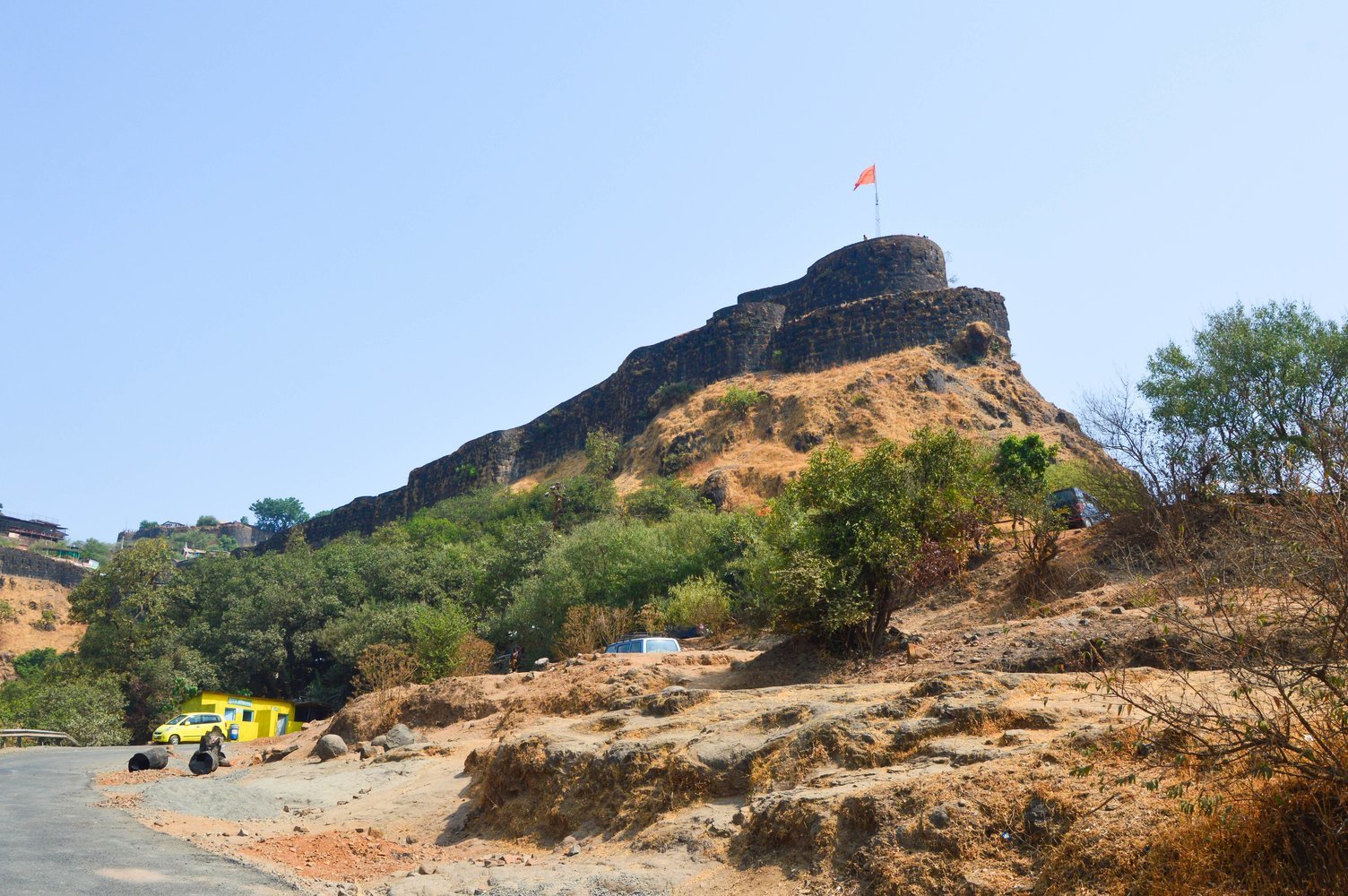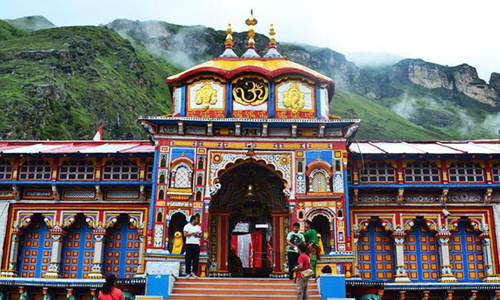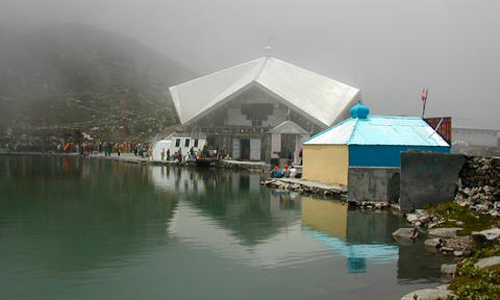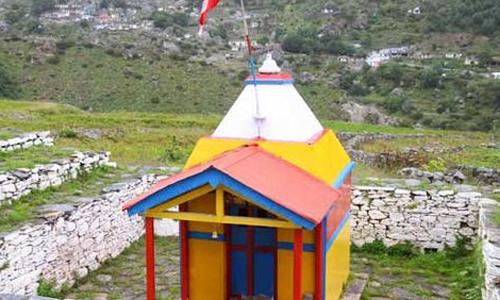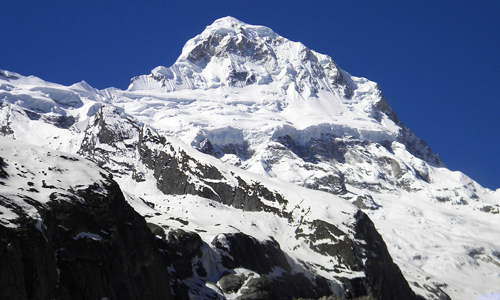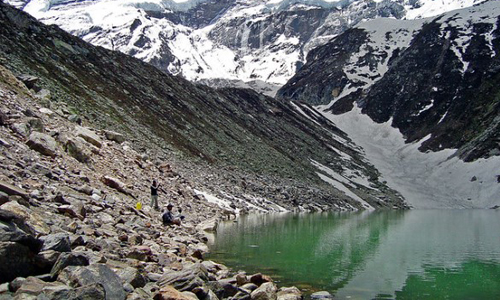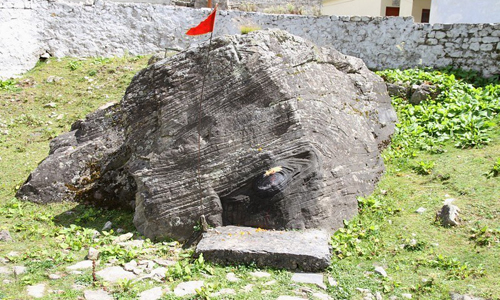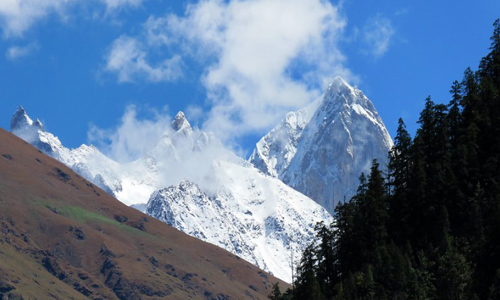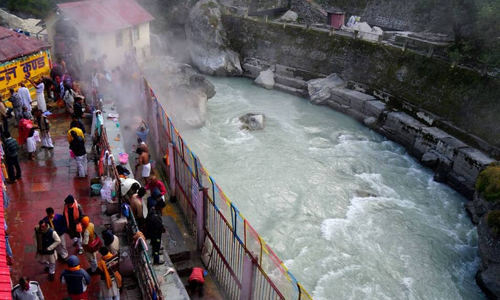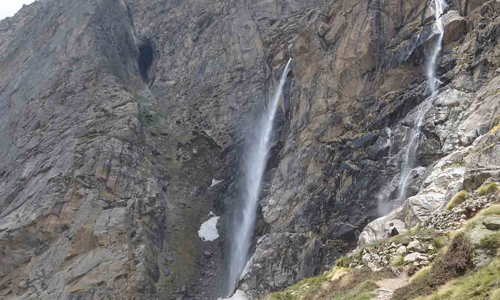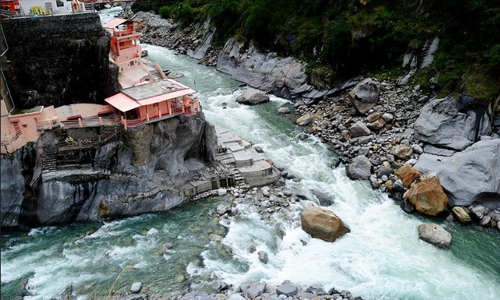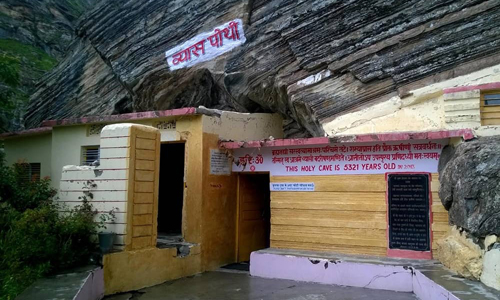Joshimath is the Hindi word for Lord Shiva's eyes, derived from the Sanskrit Jyoti, which means eyes, and math, which means house. It is believed that it is the winter resting place of Lord Vishu (Badrinath). The location must be in your BADRINATH TOUR PACKAGE.
The town is famous for its Garuda and Narsingh temples as well. Lord Vishnu has a temple in Narsing devoted to him. After that, Lord Badrinath's idol goes to the Narsingh shrine. It is worshiped for six months before being moved back to Badrinath if the Badrinath temple remains closed during the winter.
With an estimated age of 2,500 years, the Amar Kalp tree in Joshimath is among the oldest trees in India. It's 20 meters away from Shankaracharya Matt's market. One of the most attractive place to visit in Badrinath is the Joshimath.
Why is Joshimath famous?
According to Hindu mythology, Joshimath is one of the four math that the Adi Guru Shankaracharya created in the eighth century. The centerpiece is the tree known as Kalpavriksha, which is roughly 1,200 years old. This area is home to several significant temples and other places of worship.
Places to explore
Joshimath is a popular pilgrimage destination with two notable temples: Narasimha Temple and Bhavishya Badri Temple. Narasimha Temple houses an idol of Lord Vishnu, believed to have grown thin as hair.
The Jay-Vijay mountains will unite when the shattered mountain shatters. Lord Badrinath will appear as a black stone at Bhavishya Badri, ten kilometers from Joshimath. The Narasimha temple is a place of worship for an idol.
Trekking routes from Joshimath to Hemkund Sahib and the Valley of Flowers National Park are available. The most popular tourist location that travelers travel to from Joshimath is Auli.
Winter sports, hiking, skiing, and other adventure activities are available in Auli. It serves as the entryway to Niti Valley and Malari as well. Auli's Ropeway is one of the longest in Asia and is well-liked by tourists.


